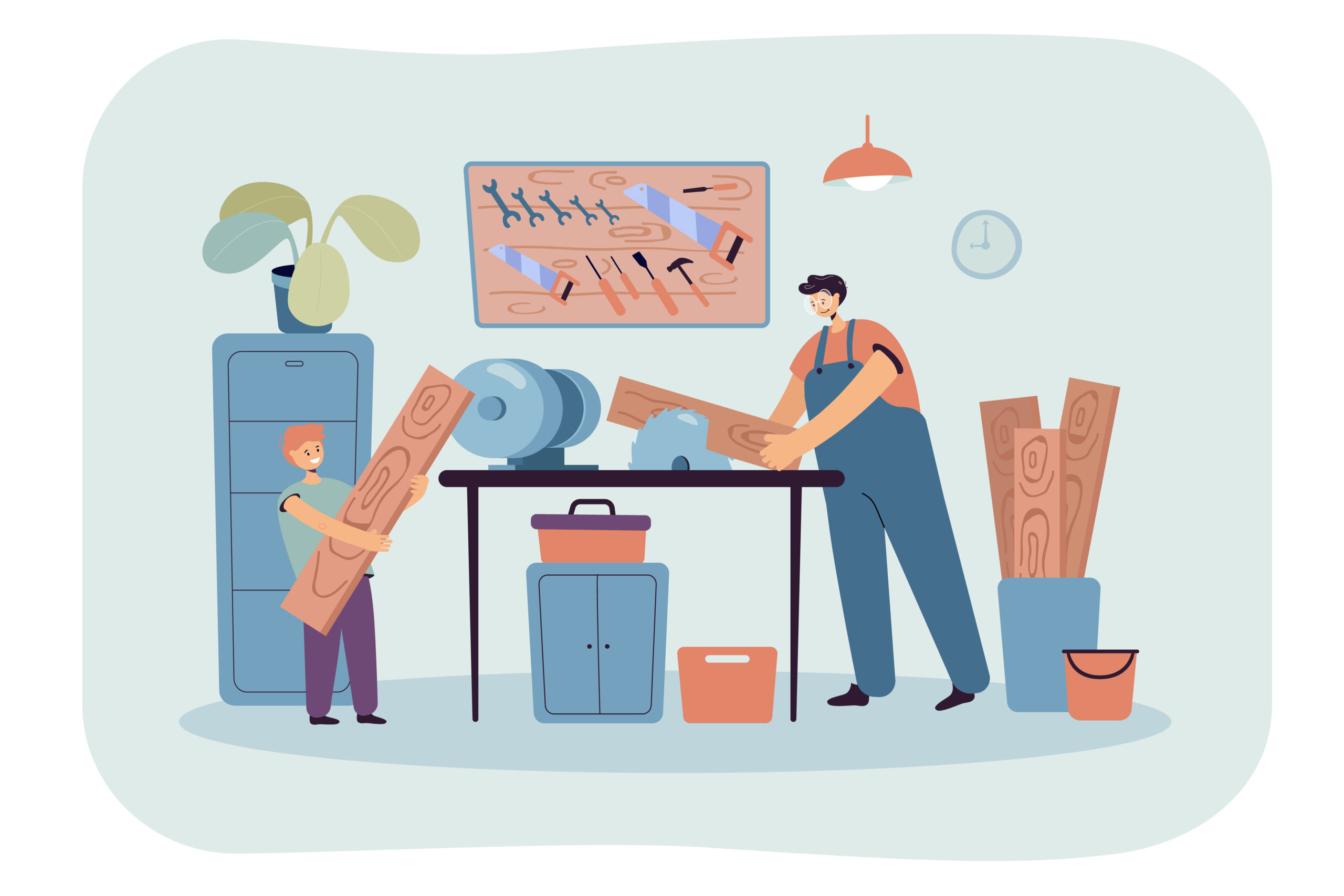Art is a universal language that transcends borders, cultures, and time. From the vibrant hues of a painting to the intricate designs of a sculpture, art has the remarkable ability to evoke emotions, inspire change, and connect us on a deeper level. In this blog, we’ll explore the significance of art in our lives, its therapeutic benefits, and how to cultivate creativity in our everyday routines.
The Significance of Art
1. A Reflection of Society
Art serves as a mirror, reflecting the values, struggles, and triumphs of society. Throughout history, artists have documented social issues, cultural shifts, and historical events through their work. From Picasso’s “Guernica,” which captures the horrors of war, to contemporary street art that addresses urban life, art provides insight into the human experience.
2. A Tool for Communication
Art communicates complex ideas and emotions that words often cannot express. Visual arts, music, dance, and literature convey messages that resonate with individuals across different backgrounds. Whether through a haunting melody or a striking photograph, art fosters understanding and connection.
3. Inspiration for Change
Art has the power to inspire action and provoke thought. Many movements, such as civil rights and environmental activism, have harnessed the power of art to raise awareness and drive change. Through powerful imagery and storytelling, artists can challenge the status quo and encourage audiences to engage with important issues.
The Therapeutic Benefits of Art
1. Emotional Expression
Engaging in artistic activities allows individuals to express their feelings in a safe and constructive way. Whether it’s painting, writing, or playing music, art provides an outlet for emotions, helping to alleviate stress and anxiety.
2. Enhanced Well-Being
Numerous studies have shown that participating in creative activities can improve mental health. Art therapy, for example, has been shown to help individuals cope with trauma, depression, and anxiety. The process of creating can promote mindfulness, allowing individuals to focus on the present moment and reduce negative thoughts.
3. Building Connections
Art can foster community and build connections among individuals. Group art projects, workshops, and exhibitions bring people together, allowing for collaboration and shared experiences. These connections can lead to friendships, support networks, and a sense of belonging.
Cultivating Creativity in Everyday Life
1. Make Time for Creative Expression
Incorporating creativity into your daily routine doesn’t require a significant time commitment. Set aside a few minutes each day to engage in a creative activity—whether it’s doodling, journaling, or practicing an instrument. Consistency is key to nurturing your artistic side.
2. Explore New Mediums
Don’t be afraid to experiment with different artistic mediums. Try painting, photography, pottery, or digital art. Exploring new forms of expression can reignite your passion for creativity and help you discover hidden talents.
3. Create an Inspiring Space
Designate a space in your home for creative endeavors. Surround yourself with inspiring materials—art supplies, books, and images that resonate with you. A dedicated space can help cultivate a creative mindset and encourage you to spend time on artistic pursuits.
4. Join a Creative Community
Connect with like-minded individuals by joining art classes, workshops, or online forums. Sharing your work and receiving feedback can provide motivation and foster growth. Community support can be invaluable in your creative journey.
5. Embrace Imperfection
Remember that art is not about perfection; it’s about expression. Allow yourself to create without judgment. Embracing imperfection can lead to unexpected discoveries and foster a sense of freedom in your creative process.
Conclusion
Art is a powerful force that enriches our lives, enhances our well-being, and connects us to one another. By embracing creativity, we not only express ourselves but also contribute to a larger narrative that reflects our shared humanity. Whether you’re an experienced artist or a curious beginner, taking the time to engage with art can lead to profound personal growth and connection. So pick up that paintbrush, strum that guitar, or start writing—your creative journey awaits!




